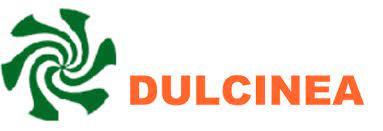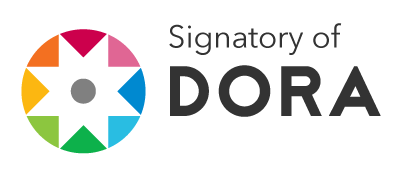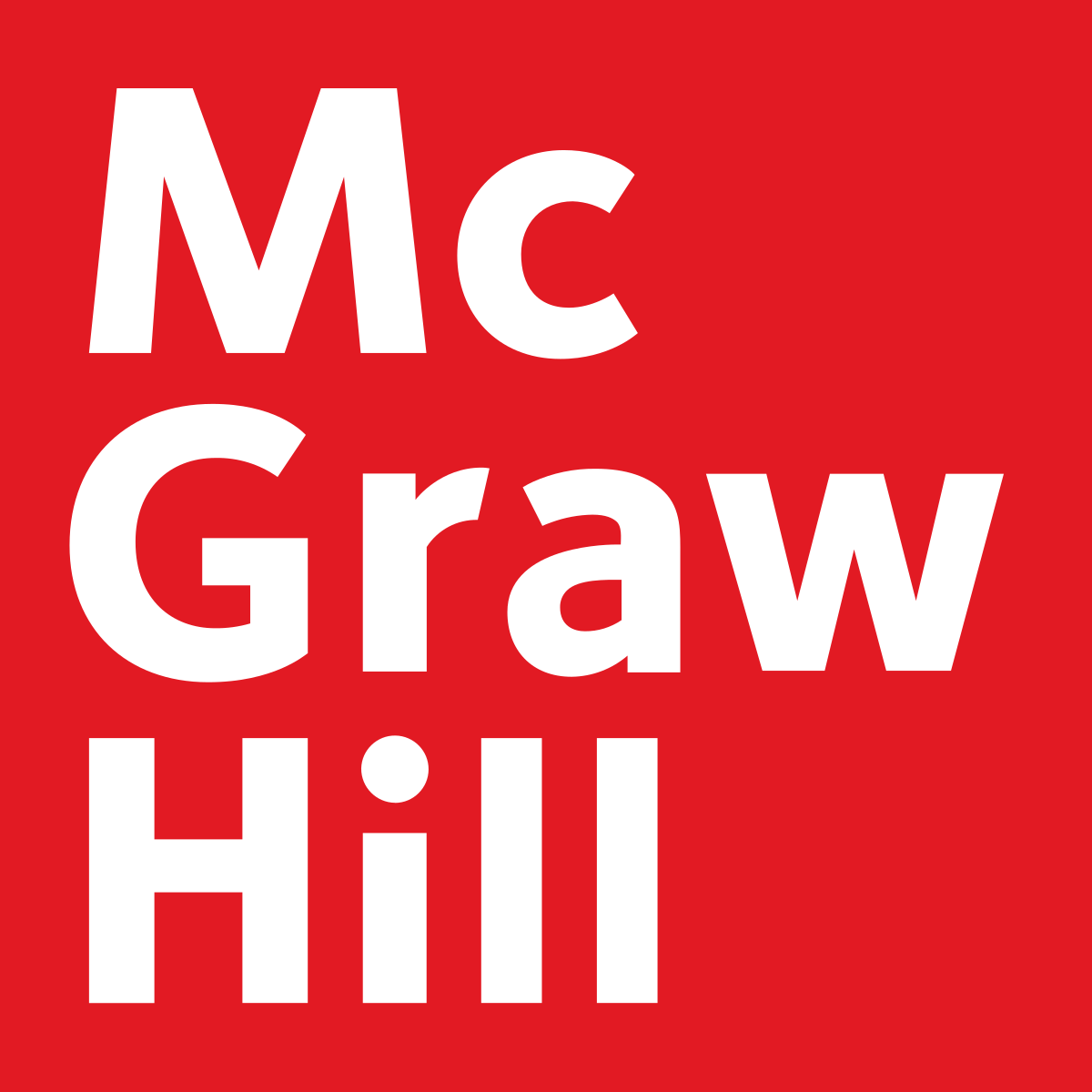From the Minimum Curriculum to the New Curriculum Frameworks of 2009: the Social Communication Course Curricular Trajectory in Brazil
DOI:
https://doi.org/10.37467/gka-revsocial.v3.810Keywords:
Curriculum Public Policies, Teaching in Social Communication, NeoliberalismAbstract
This paper aims to identify the Communication course curricular trajectory in Brazil, in order to reflect on possible impacts on teaching and learning processes within the local educational contexts of undergraduate Social Communication courses. The discourses present in curricular public policies towards this area of knowledge have been shaped by neoliberal logic, which features a context governed by the laws of the market and the democratic Social Welfare State mischaracterization, that is, the State reduction and “market and quasi-market” appreciation. The current recommendations of the Brazilian national curricular frameworks for Social Communication exemplify the management of private interests, of large enterprises in the Multinational Educational and Telecommunications area, through the expansion of outsourced educational services and products. The disentanglement of qualifications weakens the area and isolates the knowledge in related areas, massing a speech in favor of the market. Thus, the Brazilian higher education has been suffering the impact of denationalization of the state, which is causing profound changes in how curriculum public policies are being implemented.
Downloads
Global Statistics ℹ️
|
348
Views
|
161
Downloads
|
|
509
Total
|
|
References
Ministério da Educação. Conselho Nacional de Educação. (2013). Diretrizes Curriculares Nacionais para o Curso de Graduação em Jornalismo. Parecer Homologado. Despacho do Ministro. Diário Oficial da União , de 12/9/2013, Seção 1, p. 10.
Ministério da Educação. Educação superior. (2010a). Currículo do curso de relações públicas terá novas diretrizes. 16 julho 2010, acessado em 26 maio 2013. http://portal.mec.gov.br/index.php?option=com_content&view=article&id=15676:curriculo-do-curso-derelacoes-publicas-tera-novas-diretrizes&catid=212&Itemid=86.
Ministério da Educação. (2010b). Referenciais Curriculares Nacionais dos Cursos de Bacharelado e Licenciatura . Secretaria de Educação Superior. Brasília: 2010. p. 99.
Caldas, Graça. (2003). Ensino de Comunicação no Brasil: Panorama e Perspectivas. In Peruzzo, C.; Silva, R. B. (Orgs). Retrato do Ensino em Comunicação no Brasil (pp. 15-29). São Paulo : INTERCOM.
Faro, José Salvador. (2003). Diretrizes Curriculares para o Ensino de Comunicação Social: Uma história que mudou as perspectivas dos cursos. In Peruzzo, C.; Silva, R. B. (Orgs). Retrato do Ensino em Comunicação no Brasil (pp. 139-146). São Paulo: INTERCOM.
Fontoura, Maria M. (2008). Política e ação Pública. Entre uma regulação centralizada e uma regulação multipolar. Revista Portuguesa de Educação . Universidade do Minho, n. 2, pp. 5-31. DOI: https://doi.org/10.21814/rpe.13924
Kunsch, Margarida K. (2003). Propostas pedagógicas para o curso de Relações Públicas: análises e perspectivas. In Peruzzo, C.; Silva, R. B. (Orgs). Retrato do Ensino em Comunicação no Brasil (pp. 45-62) . São Paulo: INTERCOM.
Kunsch, Margarida e M. Krohling et al. (2010). Proposta de Diretrizes Curriculares Nacionais para os cursos de Relações Públicas. Relatório da comissão de especialistas instituída pelo Ministério da Educação . Portaria 595/2010, de 24 de maio de 2010. Brasília, 20 out 2010.
Freitas, R.; Lucas, L. (2002). Desafios contemporâneos em Comunicação : perspectivas de Relações Públicas. São Paulo: Summus.
Luz, Liliene X. (2011). Empresas privadas e educação pública no Brasil e Argentina. Educação & Sociedade . Campinas 32(115), 437-452. DOI: https://doi.org/10.1590/S0101-73302011000200011
Melo, José Marques de. (1998). “Comunicação Social. Brasília”. Seminário Diretrizes Curriculares – ABMES, 11 de março 1998.
Melo, José Marques de. (2007). A batalha da qualidade no ensino de comunicação: novos (antigos) desafios. In: Kunsch, Margarida (Org). Ensino de Comunicação : qualidade na formação Acadêmico-Profissional (pp. 33-42) . São Paulo: ECA-USP Intercom.
Melo, José Marques de et al. (2009). “Diretrizes Curriculares Nacionais para o Curso de Jornalismo”. Relatório da Comissão de Especialistas instituída pelo Ministério da Educação. Portaria Nº 203/2009, de 12 de fevereiro de 2009, acessado em 12 abril 2013, http://www.fenaj.org.br/educacao/documento_final_cursos_jornalismo.pdf.
Moura, Claudia Peixoto. (2002). O curso de Comunicação Social no Brasil : do currículo mínimo às diretrizes curriculares. Porto Alegre: EDIPUCRS.
Moura, Claudia Peixoto. (2007). Padrões de Qualidade no Ensino de Comunicação no Brasil. In Kunsch, Margarida (Org). Ensino de Comunicação: qualidade na formação Acadêmico-Profissional. São Paulo: ECA-USP Intercom, pp. 43-62.
Pomar, Pedro. (2013). Novo currículo do curso de jornalismo escamoteia poder do oligopólio. Carta Maior. 19 maio 2013, acessado em 26 maio 2013, http://www.cartamaior.com.br/?/Editoria/Educacao/Novo-curriculo-do-curso-de-jornalismo-escamoteia-poder-dooligopolio/13/27785.
Downloads
Published
How to Cite
Issue
Section
License
Those authors who publish in this journal accept the following terms:
-
Authors retain copyright.
-
Authors transfer to the journal the right of first publication. The journal also owns the publishing rights.
-
All published contents are governed by an Attribution-NoDerivatives 4.0 International License.
Access the informative version and legal text of the license. By virtue of this, third parties are allowed to use what is published as long as they mention the authorship of the work and the first publication in this journal. If you transform the material, you may not distribute the modified work. -
Authors may make other independent and additional contractual arrangements for non-exclusive distribution of the version of the article published in this journal (e.g., inclusion in an institutional repository or publication in a book) as long as they clearly indicate that the work was first published in this journal.
- Authors are allowed and recommended to publish their work on the Internet (for example on institutional and personal websites), following the publication of, and referencing the journal, as this could lead to constructive exchanges and a more extensive and quick circulation of published works (see The Effect of Open Access).













